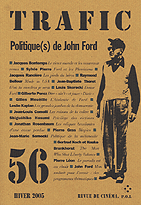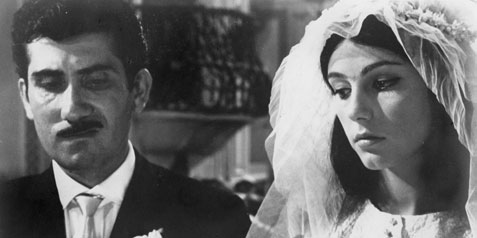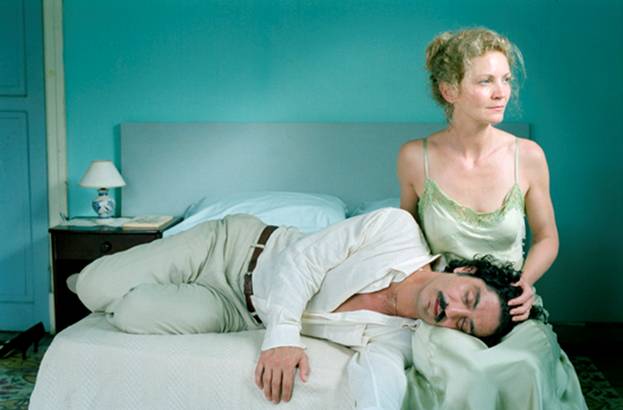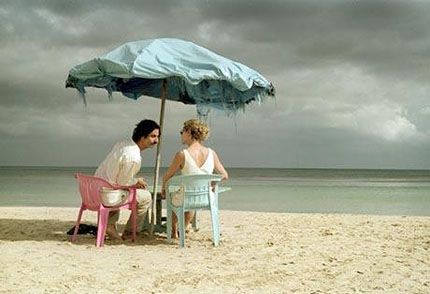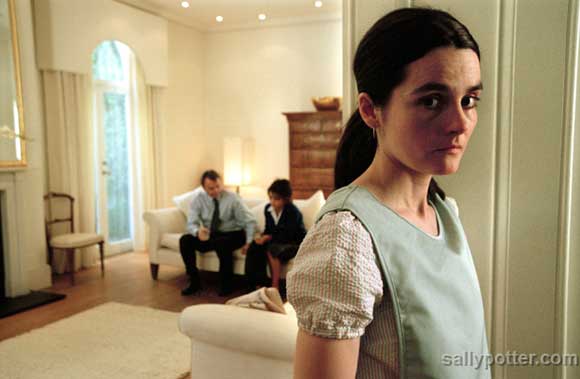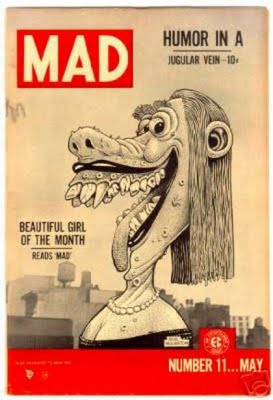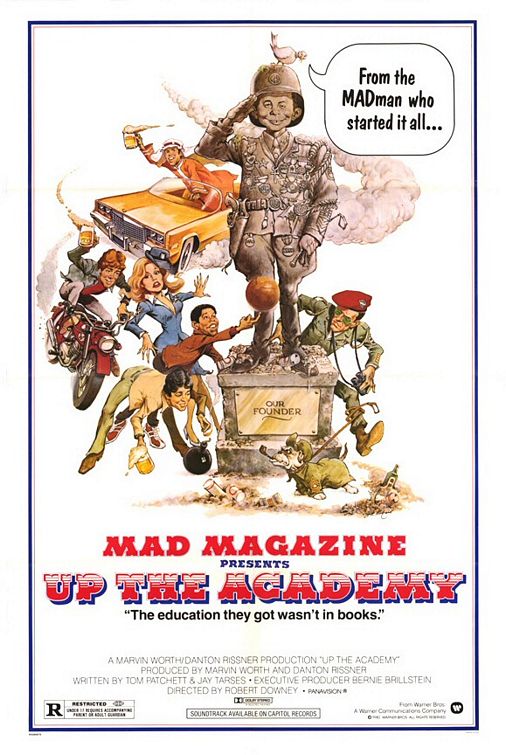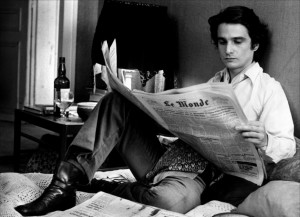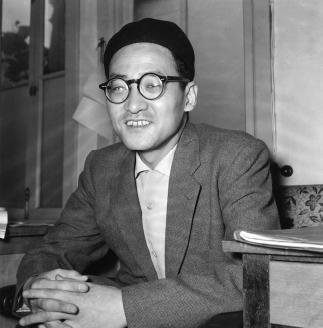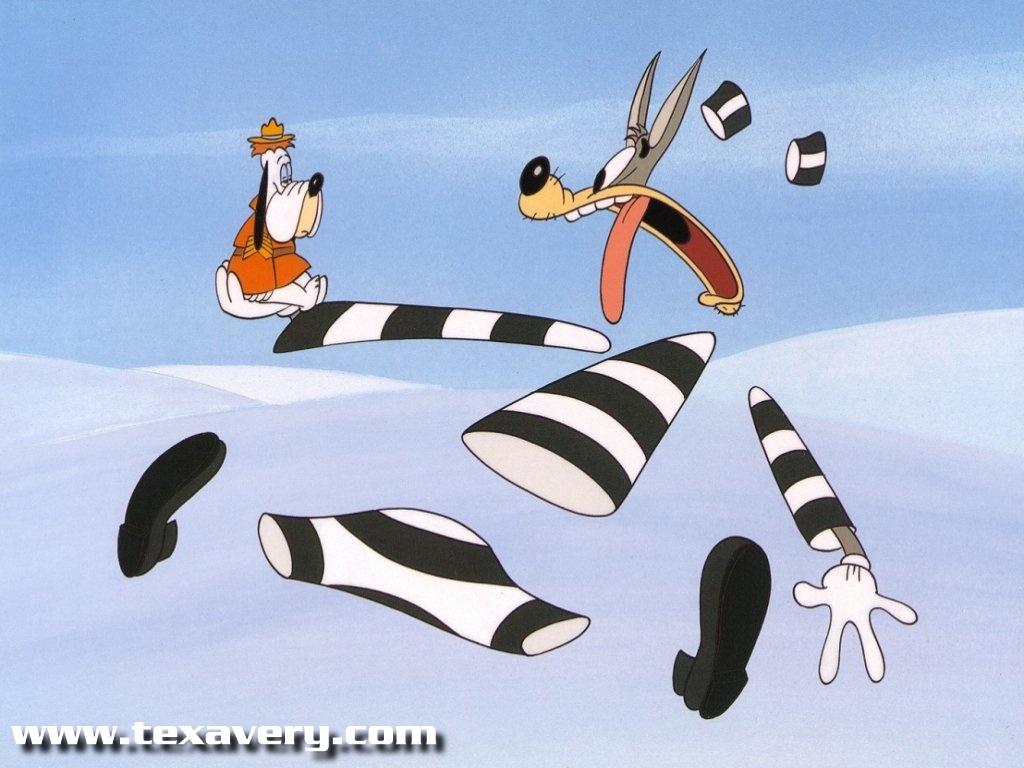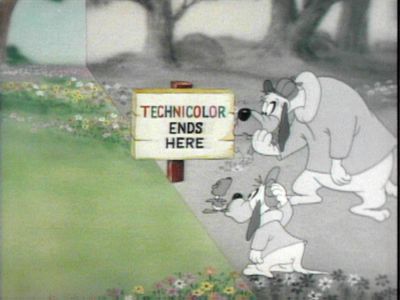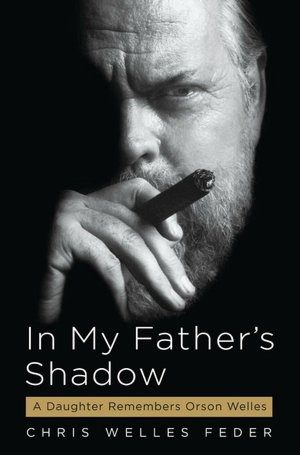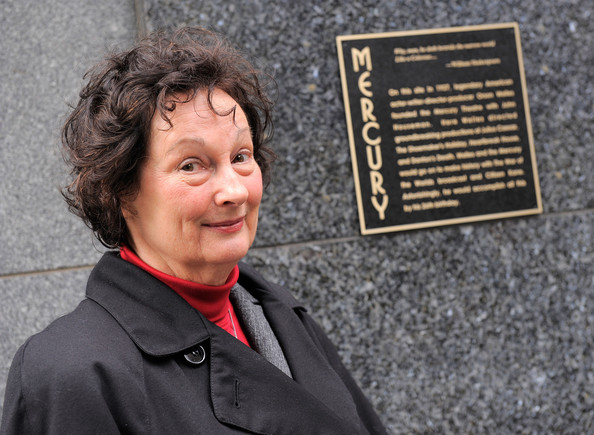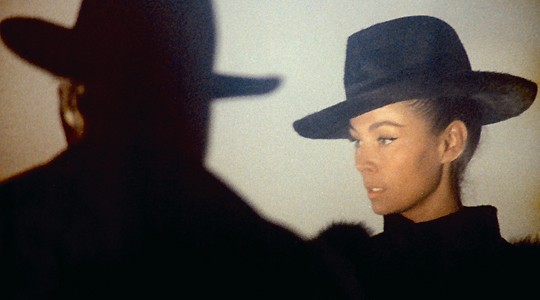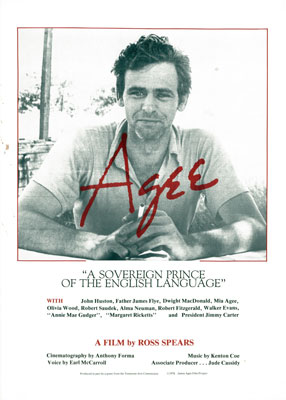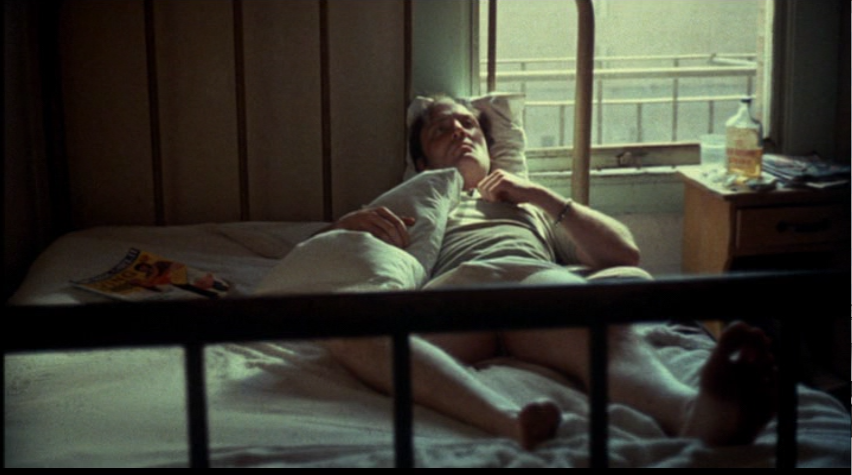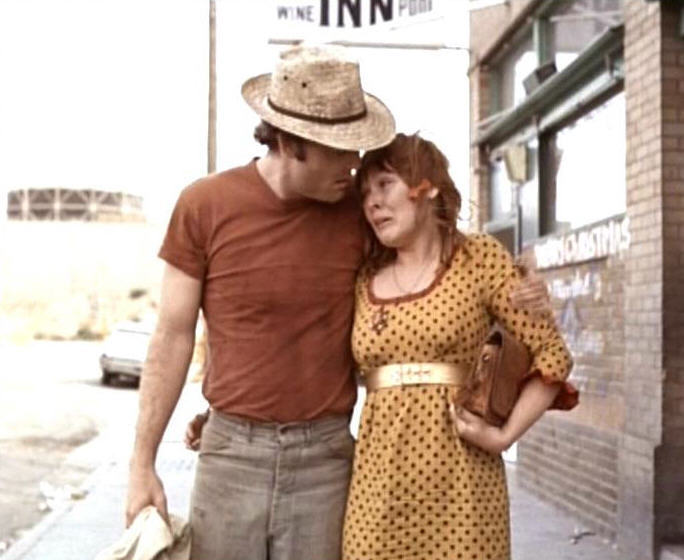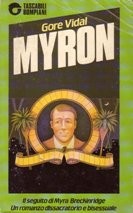This essay was comissioned by the French magazine Trafic — founded by the late Serge Daney shortly before his death, and still going strong today — where I’ve served for many years as one of the advisory editors. Their 50th issue, published in the summer of 2004, was devoted to various answers to the Bazinian question, “What is Cinema?” This is also the title essay in my 2010 collection, published by University of Chicago Press. — J.R.
Goodbye Cinema, Hello Cinephilia
by Jonathan Rosenbaum
What is cinema?
Before one can even start to answer this question, it becomes necessary to acknowledge that one can’t formulate precisely the same definition of cinema for France and for other countries. And the reason why one can’t should be obvious: in France, an important part of this definition pertains to film as an art form—-a distinction that is generally perceived elsewhere only as a minority position, and sometimes even as an elitist one. But if, on the other hand, one were to ask the question, “What is cinephilia?”, it starts to become easier to come up with a definition that applies to everywhere. A seeming contradiction, it can perhaps be explained by saying that the “cinema” in “cinephilia” is not quite the same thing as “cinema” seen as a self-sufficient term, without reference to social forms. Read more

